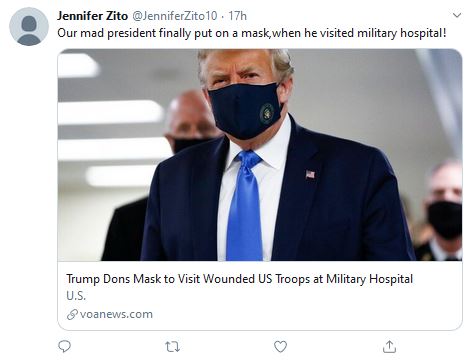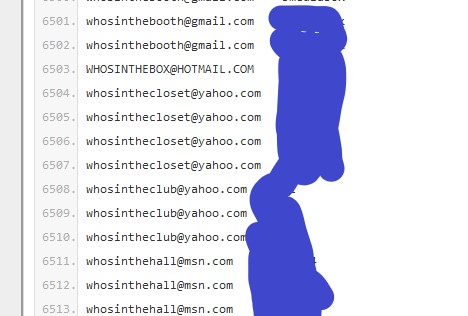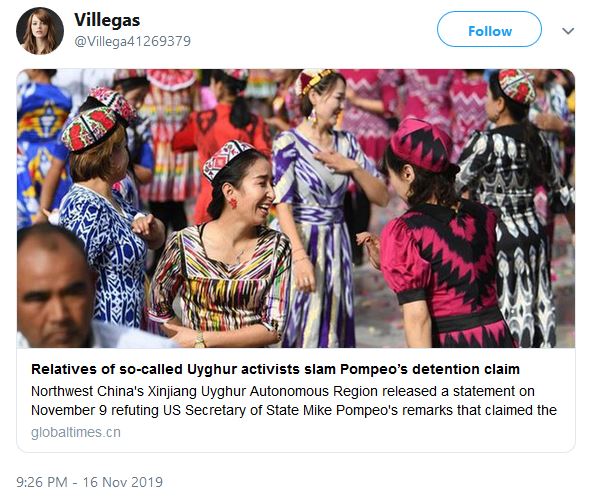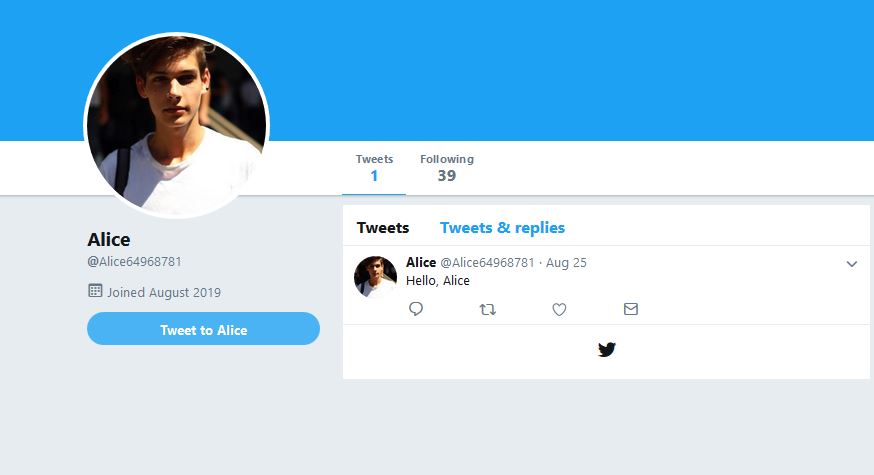
Since hostilities between #Azerbaijan and #Armenia flared up on Sep 27th, @AlbertYZhang and I have been documenting some of the shadow battle taking place on Twitter for control of the narrative aspi.org.au/report/snapsho…
It's important to caveat that this is not meant to be comprehensive; includes primarily English-language activity; that we have not attempted to verify content; and that we are not seeking to undermine legitimate social media debate. Nonetheless, we made some interesting findings
This included significant spikes in account creation on key days in the conflict, for example Sept 27 and, as well as spikes dating back to earlier clashes in July. 
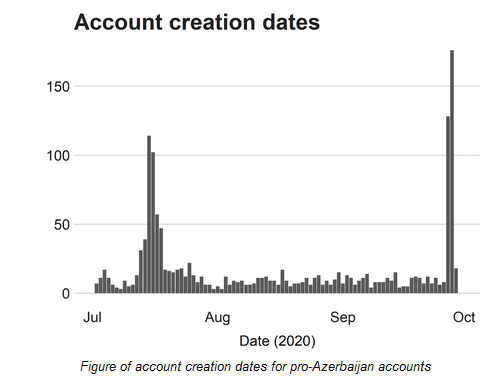
Many of these newly created accounts had the names and profile pictures of young women, and immediately engaged in seemingly coordinated activity, for example spreading coordinated messages in multiple languages. 



We saw US celebrities, particularly @KimKardashian, bombarded with messages asking for support for Armenia. 

On the other side, as @josh_emerson has documented, US rapper @iamcardib came under a sustained copypasta campaign of criticism for expressing support for Armenia
https://twitter.com/josh_emerson/status/1313432532487208962
One of the most interesting things we found was the significant international dimension of the activity, with Turkish and Pakistani accounts supporting Azerbaijan and Indian accounts supporting Armenia (with Russia as a notable absence) 

This is, IMO, a fascinating dynamic which dates back to 2019 when Pakistani and Turkish accounts provided each other with mutual support on the issues of Kashmir and Turkey's incursion into northern Syria against the Kurds. 

There is always a tension between responsible content moderation by Twitter, and the loss of useful evidence for researchers and, increasingly, for historians, as these online shadow battles become a regular part of geopolitical conflicts.
Our goal here was to capture at least some of this evidence before it is lost. We hope this snapshot will be useful to researchers looking to develop a more comprehensive understanding of this conflict in the future. You can read the report here: aspi.org.au/report/snapsho…
In addition to @josh_emerson, @conspirator0 and @ZellaQuixote have also done some great work on this
https://twitter.com/conspirator0/status/1313590437266026501
For background context, this @DFRLab report is also great medium.com/dfrlab/patriot…
• • •
Missing some Tweet in this thread? You can try to
force a refresh

